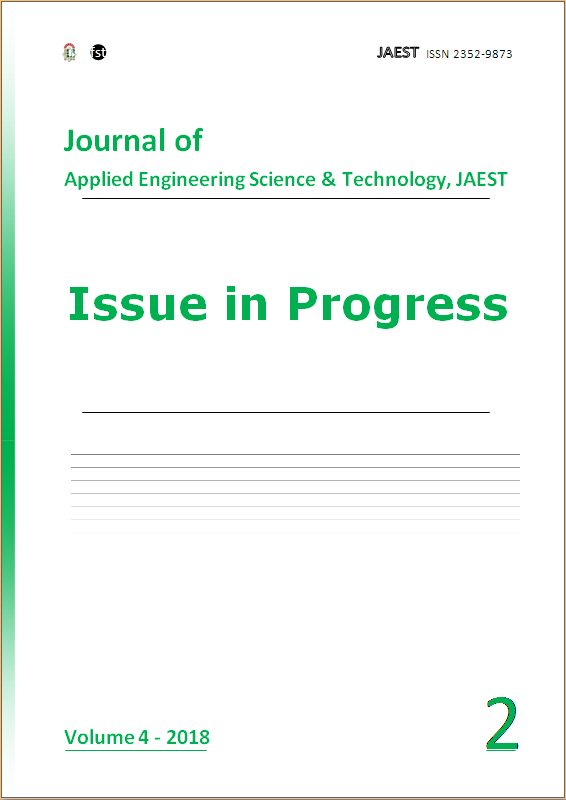Numerical study of the bearing capacity of a strip footing on tow layered clay under inclined loading
Abstract
The bearing capacity of a strip footing resting on a homogeneous and isotropic soil has been the subject of numerous theoretical and experimental studies. However, in practice the soil is never homogeneous. It is therefore important to introduce the effect of stratification on the bearing capacity. This paper aims to indicate the modifications that must be made to the bearing capacity of a rough strip footing resting on two layered clay subjected to inclined load. The finite-difference code Fast Lagrangian Analysis of Continua (FLAC) is used to estimate the bearing capacity factor Nc* as well as the failure envelope and the inclination factors ic, in the case of inclined loading. The study is carried out considering two layers clays of different shear strengths, where the thickness of the upper clay layer is comparable to the width of a rigid footing. The results obtained show clearly that the bearing capacity of a strip footing is generally depends on the strength ratio of the soil layers (cu1/cu2) and the relative thickness of the top layer (D/B).
J. Appl. Eng. Sci. Technol. (JAEST - ISSN 2352-9873) is a peer-reviewed quarterly journal dedicated to the applied engineering sciences and technology. The JAEST provides immediate open access to its content on the principle that making research freely available to the public supports a greater global exchange of knowledge.
There is no submission or publication fee for papers published in the JAEST.
Authors who publish in the JAEST agree to the following terms:
- Authors retain copyright and grant the journal right of first publication with the work simultaneously licensed under a Creative Commons Attribution License that allows others to share the work with an acknowledgement of the work's authorship and initial publication in the JAEST.
- Authors are able to enter into separate, additional contractual arrangements for the non-exclusive distribution of the journal's published version of the work (e.g., post it to an institutional repository or publish it in a book), with an acknowledgement of its initial publication in the JAEST.
- Authors are permitted to post their work online (e.g., in institutional repositories or on their website) prior to and during the submission process, as it can lead to productive exchanges, as well as earlier and greater citation of published work (See The Effect of Open Access). Any such posting made before acceptance and publication of the Work shall be updated upon publication to include a reference to the JAEST and a link to the online abstract for the final published Work in the Journal.






